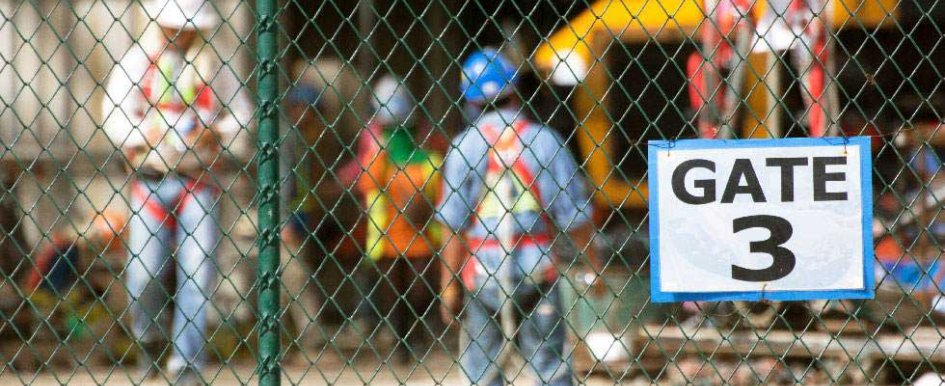
One question that will stop any general contractor (GC) in their tracks is: “Who’s on your jobsite today?” It may seem like a simple question and one that can be easily answered. Yet everyone in the industry struggles with the answer — and that’s cause for concern. Not knowing who is on your jobsite leaves a GC open to liabilities, accidents, Occupational Safety and Health Administration (OSHA) investigations, theft and the potential spread of airborne illnesses. Knowing who is on your jobsite is a good business practice that allows you to better manage projects, employees and subcontractors.
Of course, this is not to say that GCs have no idea who is on their jobsite(s). It’s just that the margin of error is wider due to the current — albeit antiquated — process of signing into work using clipboards and sign-in sheets, and wasting the time of a superintendent or project engineer to oversee it. Even supposedly higher-tech offerings, such as radio-frequency identity (RFID) badges or key fobs, are limited. These options don’t take into account subcontractors, who can represent a large percentage of a crew.
The jobsite check-in process is broken, and the COVID-19 pandemic has brought to light the fact that it’s ripe for change.
The Pandemic Protocol That’s Here to Stay
Specifically, the pandemic forced construction business owners, project managers and superintendents to keep more diligent records of who is or was on their jobsite(s). While, initially, the main drivers were health screenings and contact tracing, longer-term benefits have emerged. It’s now easier to know who’s on a jobsite, how long they’ve been there and what they’re doing.
For example, when a worker shows up at a jobsite, instead of scribbling their name, date and time of arrival and departure on a clipboard, they can use their smartphone to check in and out. This saves a ton of time at the start of an ordinary day and also makes it easier to reconcile hours worked.
Depending on the check-in app, the worker or subcontractor receive an assignment (e.g., painting on the third floor), view a mandatory instructional video, and alert the supervisor(s) about their arrival. Using a GC’s licensed check-in app, the entire process is complete within seconds through the worker’s smartphone.
Digitizing the check-in process provides critical information for use with invoices, safety records and measuring project profitability. For superintendents and field managers, it allows them to manage several jobsites more easily.
While these benefits are appealing to the GC, the reality is that the industry has not exactly embraced newer construction technologies. According to JBKnowledge, 35.9% of construction employees are hesitant to try new technology.
For any new, digitally driven protocol to be effective, it needs to be easy to use. Unfortunately, ease of use is not the hallmark of a lot of newer construction technologies. For a field app to take hold, it needs to be easy to use — so easy that a worker gets it on the first try. It also needs to connect to the office for collaboration and record-keeping, as well as enabling the field to further demonstrate its productivity.
Determining the ROI
Assuming that the digital check-in technology is easy to use, and the field quickly adopts the new protocol, how much should you expect to spend on it? Three common pricing concerns are pricing by the number of users, pricing by the number of jobsites and annual license fee for unlimited users and sites.
There are variables to consider that may increase the cost of the technology such as installation, training and ongoing maintenance.
Given that construction is rife with locale-specific requirements, a check-in app should align with local or federal requirements without requiring the GC to hire programmers.
Before investing in construction technology, determine the return on investment and how quickly you’ll see that return materialize. Think about how much time the technology can save the company. As a vital part of the economy, construction can’t afford to slow down.
The margins are already razor thin and when you have a field crew getting paid by the hour, you can’t waste time using a dated check-in process.
To mitigate safety risks and avoid halts to productivity, a simple digital check-in app can be a powerful way to manage a jobsite. One that ensures you can always confidently answer the question: “Who’s on your jobsite?”
